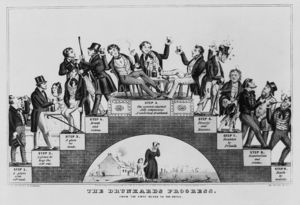
Abolition Poster. Temperance Movement, Law Library
Before the early 1900's women were extremely limited on what they could do. They couldn't own property, continue their education, they weren't paid as much as males, and most importantly, they couldn't vote. These barriers were caused because of some male perspectives.
During both the abolition and temperance movements women were vital contributors to the efforts.

Abolition Poster. Temperance Movement, Law Library
At Seneca Falls, July 19-20, 1848 the first U.S. women’s convention was held, thus starting the suffrage movement. The convention was held by Elizabeth Cady Stanton and Lucretia Mott, who met at an abolitionist convention in 1840. Susan B. Anthony is one of the most well recognized suffragists. Anthony met Stanton in 1850, starting a beneficial partnership that lasted for at least 50 years.
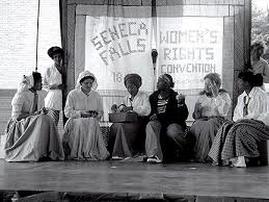
Women at the convention. Seneca Falls Convention, The Importance of the Women's Rights Movement
“They complemented one another: Stanton, the thinker, was burdened with family responsibilities: Anthony, the organizer, was a master at the logistics of executing petition campaigns and planning events.” - Winifred Conkling, Votes for Women book pg. 52
Stanton wrote many of the addresses Anthony read. Anthony also did most of the traveling.
Anthony was originally invested in both the temperance and abolition movements until Stanton convinced her to fully invest her time with suffrage efforts.
“As a Quaker, Anthony had been raised with the understanding that men and women were equal, a point of view she almost took for granted. Of course, she had experienced inequalities; she knew that when she was a teacher, she was paid less than men doing the same job. She also knew that her mother’s name did not appear on the deed for the family farm, even though she had provided the money for the down payment. But Anthony had not experienced many of the frustrations and inequities that married women had to endure.” - Winifred Conkling, Votes for Women pg. 53
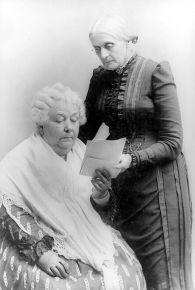
Stanton and Anthony. Elizabeth Cady Stanton and Susan B. Anthony, Accessible Archives
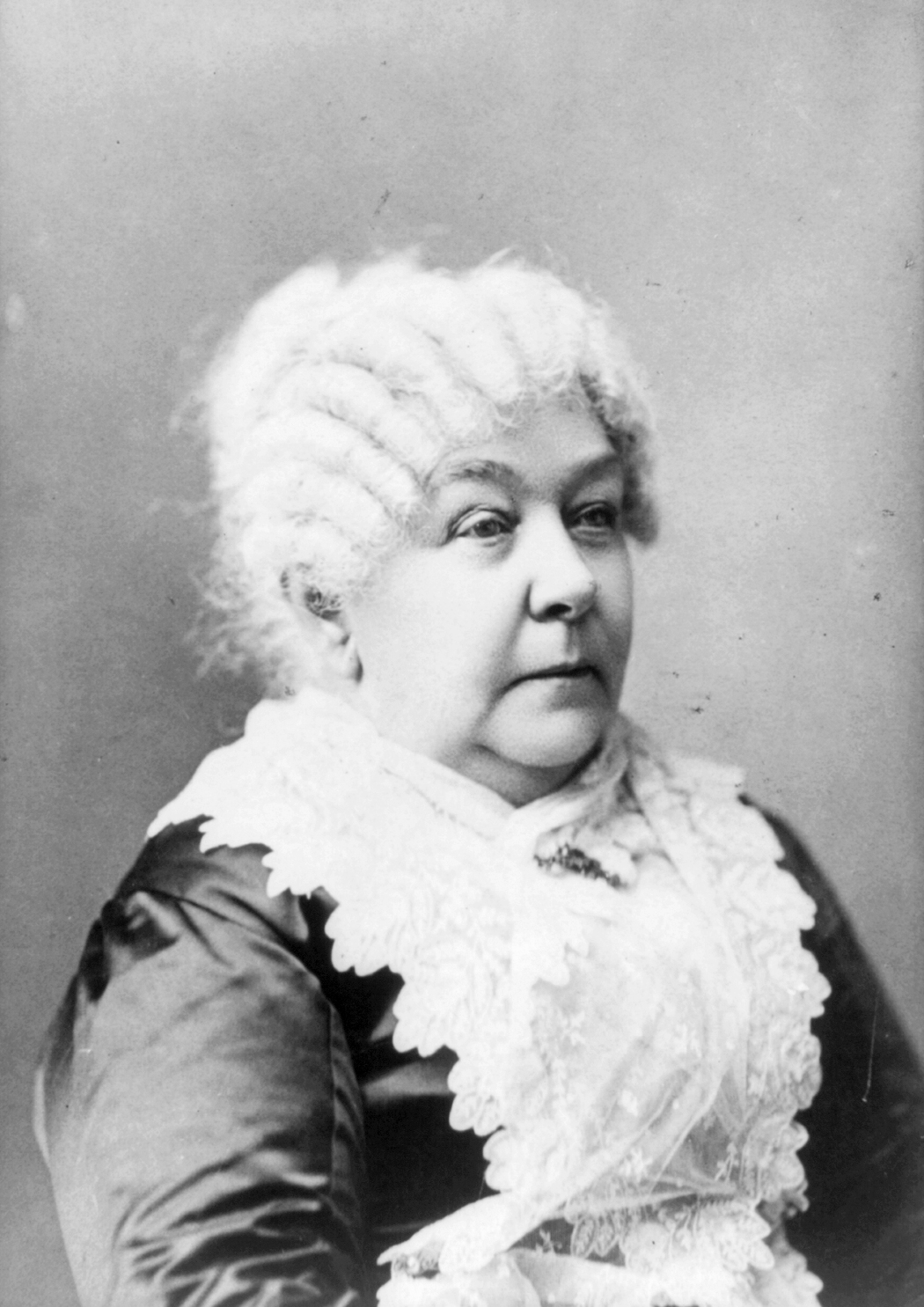
Elizabeth Cady Stanton. Stanton, Elizabeth Cady, Encyclopedia Britannica.
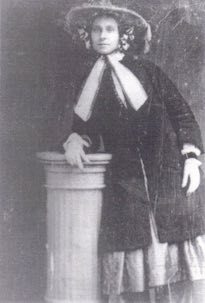
Amelia Bloomer introduced Anthony to Stanton. Amelia Bloomer, National Women's Hall of Fame.